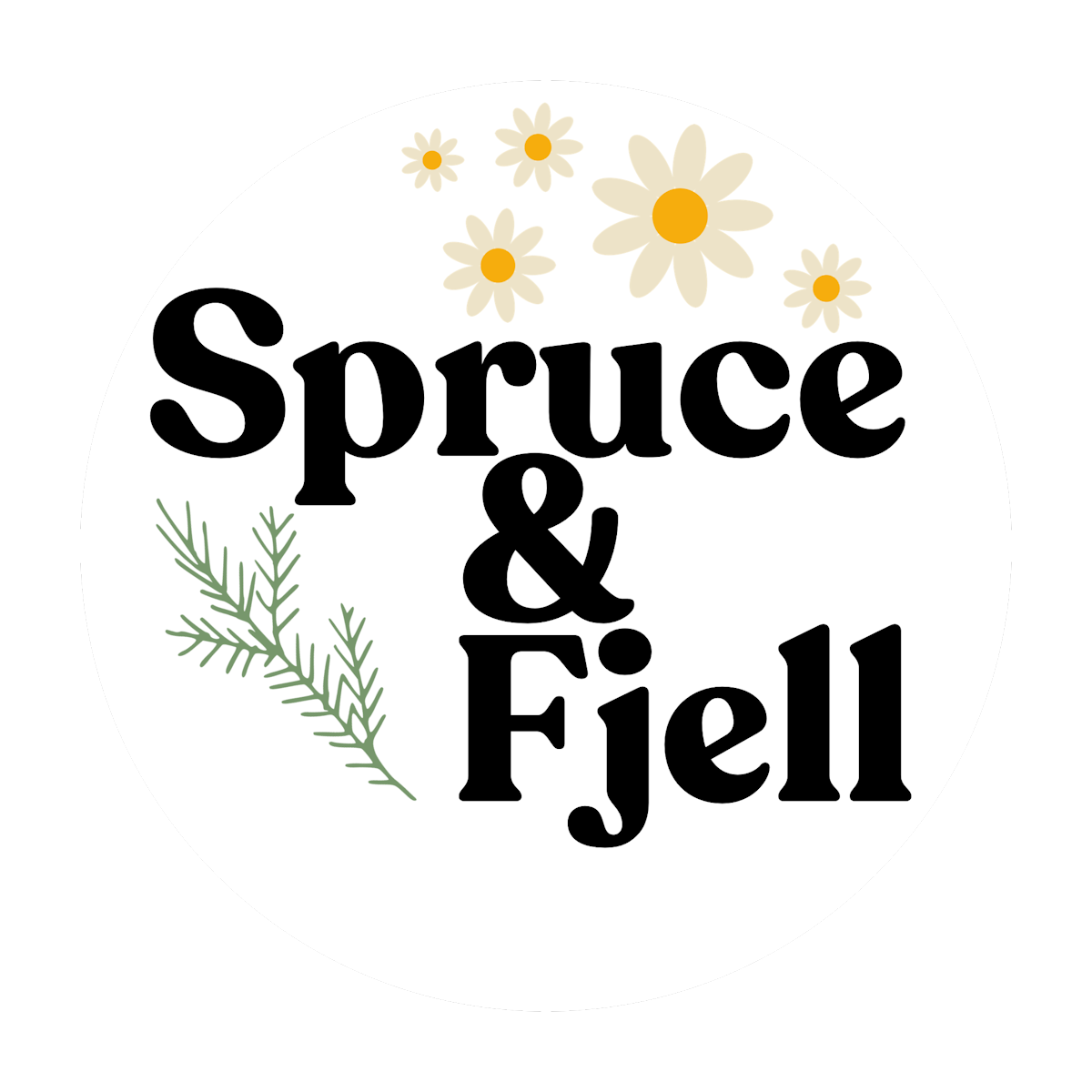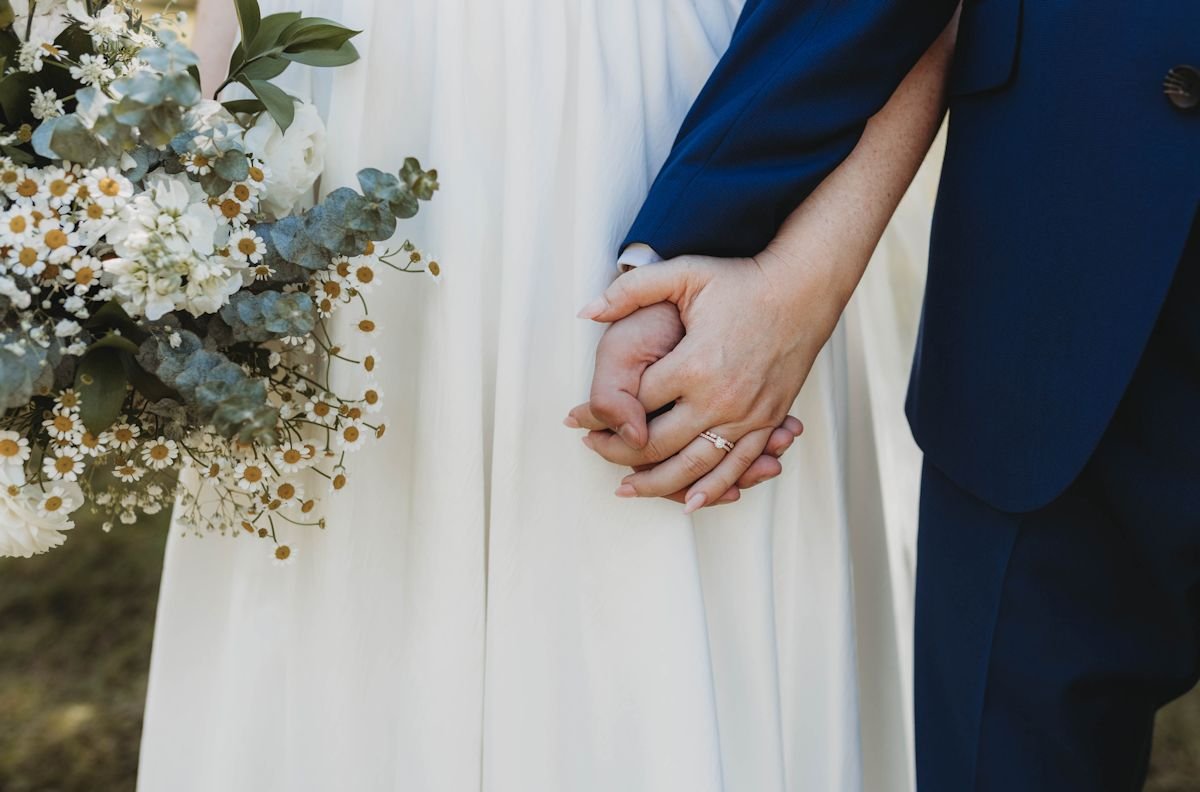Cushion Cover
futon, mattress, cushion cover
mitered corners for a nice fit
Plus my instructions for creating a comfy wheelchair cushion!
Disclosure: This site contains affiliate links. As an Amazon Associate, I earn from qualifying purchases. Clicking on links, and purchasing products, may result in the seller paying us compensation - at no extra cost to you. Affiliate links are in green.
This easy pattern has so many uses! Futon cover or cushion for wheelchair, lounge, pet carrier, doll bed, or baby changing table. I have used this method for all of these items. My pattern uses only one twin flat sheet for making the lounge cushion cover.
Great “beginner” sewing project. Practice straight stitching.
Also see:
Notes From The Workroom & Trail
Applique Patterns & Lessons
Furniture Projects
Craft Projects
Slip Cover for cushion or small mattress.
The Sunflower Applique adds a summer feel to the cover. Go to: Sunflower Applique Pattern for free pattern and instructions.
With mitered corners and envelope back opening, your cover can be easily removed for laundering.
Cushion Cover Size
Make any size! That is the wonderful thing about these instructions. They are very easy to customize.
I will use my lounge cover as an example. My lounge cushion measures 25 inches in width, and has a length of 80 inches. NOTE: I measured from side seam to side seam for total width, and I measured from the seam at the head to the seam at the foot of the lounge cushion for total length. You will need to adjust your pattern to fit your own cushion. The concepts and directions work for any cushion with square corners.
Sewing Tools
I recommend using a Rotary Cutter, Cutting Mat and Sewing Ruler. I use these tools for most projects. They allow for easy, precise cutting. Visit the Amazon links at the bottom of this page to purchase these tools, fusible fleece, insul-bright, heat resistant cloth, quilting pins, and other items I use in my projects.
PRE-WASH, DRY, & PRESS ALL FABRIC BEFORE USING
SUPPLIES
If you are making the lounge cover, and wish to add the sunflower applique, refer to those instructions for a list of supplies plus directions.
For the lounge cover fabric, I used one twin flat sheet.
DIRECTIONS - Cushion Cover
If making other items: Follow these same instructions for pet bed, doll bed mattress, baby changing table cushion, etc. - change the size as needed.
NOTE: All seams 1/4"
1. Measure Your Cushion (or futon, mattress, lounge etc.)
My lounge cushion measured 25 inches in width, and had a length of 80 inches. NOTE: I measured from side seam to side seam for total width, and I measured from the seam at the head to the seam at the foot of the lounge cushion for total length. I will use my measurements for this pattern. You will need to adjust your pattern to fit your own lounge. The concepts and directions work for many sizes.
2. Cut Front Fabric Piece
Adjust your length and width measurements to include seam allowances and a bit extra room (you want your cover to fit nicely, but not so tight that it is difficult to get the cushion into the cover). In my example, my measurements were 25 inches x 80 inches.
For the front piece, I added 1 inch to both length and width for seam allowances, plus 1 inch for added room. Therefore, my width was 27 inches, and my length was 82”.
I found that using my big sewing ruler, a rotary cutter and cutting mat worked best.
3. Cut Back Piece
The back of the cover is created in two pieces. The pieces are overlapped about 2 inches, and the edges that overlap are hemmed. This creates a nicely finished opening for the cushion to slip into. The overlapping and hems must be calculated into the total length to be cut for the back piece. Add 2 inches for overlapping, plus 4 more inches for hems. For the back piece, I will need a total length of 88 inches. I kept the upper hemmed edge of the sheet because that saved me from having to hem one piece. I did not have to add to lengh for that piece, since I did not have to allow for a hem on that piece.
Now, cut across the back piece, about 1/4 to 1/3 of the way from the top. You will now have one small piece and one large piece. Refer to the diagram. In my lounge cover example, I made the cut 14” from the top end.
Helpful Hint
Remember, it is always easy to take in seams if the cover is a bit too loose - it is NOT easy to make it larger, once cut. If in doubt, cut it a bit on the large side.
A GOOD RULE TO REMEMBER: You can measure twice and cut once, or measure once and then cut an entirely new piece due to an error in measuring. To avoid mistakes measure, and then measure again!
3. Create Applique
At this point, you will need to create any applique piece you wish to adhere to the front (if you are making a lounge cover).
Go to: Sunflower Applique Pattern if you wish to add the sunflower.
4. Hem The Back Pieces
The first step in sewing your cover together is to hem the edges of what will be the opening on the BACK piece. For each back piece: turn under 1/4" and press (along the width). Turn under an additional 1.75" and press. Stitch across, creating a hem.
NOTE: you can use the already hemmed edge of the sheet if it is attached to the smaller piece. When overlapped, the smaller piece will be at the top and will come over the larger piece. Refer to the diagram.
Lay down second back piece on top of first piece, wrong side up, on the opposite end. The hemmed edge is toward the center. The two back pieces will overlap at their hemmed edges. Line up unfinished edges and pin all layers together. Refer to the following photo.
NOTE: photo shows larger back piece on top, but it is easier to insert pillow if longer back piece goes down first.
The important thing is that you now have the front and back pinned together, right sides together, and the back pieces overlap at their hemmed edges.
5. Sew Together The Cushion Back
Use a large table or the floor to pin your cover's three pieces together (one front piece and two back pieces). Layer your pieces as follows: place the front piece on your table, right side up.
Next, place the top piece of the cover back on top of the front piece, wrong side up, lining up the raw edges with the raw edges of the front piece.
For your top layer, lay the large cover back piece over the other two layers, overlapping the hemmed edges of the two back pieces, and lining up the raw edges with the front piece's raw edges. Refer to the diagram.
Carefully pin all three layers together. Stitch around all four sides.
5. Miter The Corners - my favorite method for mitering
I also used this method of creating a mitered corner for my Jumper Cable Storage Bag.
For this method, measure the depth of the cushion and divide the measurement by 2. My cushion was 3" deep, so my measurement will be 3 divided by 2, which is 1.5". Draw a square on each corner of your cover that is the size of your measurement. I drew a 1.5" square on each corner.
Next, cut 1/4" inside the the lines you just drew for your square. The drawn lines will be your stitch line - don't cut the stitch line off!
Line up the seams and stitch across using the visible part of our line as a guide.
Trim the mitered seam to .25" (1/4").
The mitered corner creates a nice fit over the corner of the cushion.
Turn cover right side out. Slip cushion into bag. To help secure the opening, you can add velcro along the edges of the opening.
I had fun making this cushion cover, and I have even more fun enjoying it beside the pool.
Pet Carrier Cushion
My dog loves his little cushion in his carrier. Made of flannel, he loves the cover's soft feel.
I used one rectangular piece of foam as the cushion.
Wheelchair Cushion
My daughter loved the wheelchair cushion I made for her when she needed it after a sports injury. For the cushion itself, I used two layers of foam. The cushion provided comfort for the chair.
One piece of high density foam, measuring 15" x 17" x 2"
One piece of low density foam, measuring 15" x 17" x 2"
See Amazon links at the end of the article for foam supplies.
NOTE: Measure your wheelchair seat (or chair or bench) to be sure this is the correct size for your chair. I purchased my foam at a fabric store, and it was already pre-cut to this size, which was perfect for the chair I was making this cushion for. I experimented with foam pieces and found that placing the high density foam on the bottom and layering the lower density foam on top provided the most comfort.
Once you have the foam cut, follow the directions above for making the cover.
Cut enough fabric to cover your cushion. Remember that this project's cushion is 4" thick (2 pieces of foam, each 2” thick).
For my Wheelchair Cushion Cover:
The formula for the cushion cover top length (L)is: L = length of cushion plus cushion depth plus 1/2" (for seam allowances).
Using our cushions, L = 17" plus 4" plus 1/2".
The width (w) = width of cushion plus depth of cushion plus 1/2".
Using our cushion, W = 15" plus 4" plus 1/2".
For my cushion cover top, I cut a piece of fabric measuring 21.5" x 19.5
The back is made up of two pieces. The width is the same as the top piece. For the length, we will use the measurement of the top length, and adjust it a bit. Add 3" for overlap plus 1.5" for hems. The width is still 19.5", and the length is 26".
For my cushion cover back, I cut a piece of fabric measuring 26" x 19.5".
Cut the back piece into two pieces, across the width. I made my cut about 8" from one end.
For my cushion cover top, I cut a piece of fabric measuring 21.5" x 19.5"
From here, I followed the directions above for creating a cushion cover with mitered corners and envelope back opening.
Futon Cover
A visitor sent this photo of the futon cover she made, using my directions. She stated:
This is a Japanese shikifuton. It's a mattress for sleeping at night, and can be folded and put in the closet during the day. In our small house, it helps with allowing an extra room when we need it. I used the Lounge Chair Cushion Cover pattern to make a sheet for my husband's futon, and only needed to adjust my measurements slightly. The futon measures 78" long, 36" wide and 3" thick. I had enough left over to piece a matching pillowcase for him too, and will now be making covers for myself and each of our children.
It fits perfectly, my husband says it looks perfect, and it keeps it cleaner now. Thanks to the original pattern designer ; it's great for a twin size futon!
Julia G., Lexington, Kentucky
A special thanks to Julia for sending in this photo! - Christina
We have a HUGE assortment of super easy pillow & cushion patterns.
Step by step instructions for your own DIY furniture.



































Our most popular Christmas decor projects.